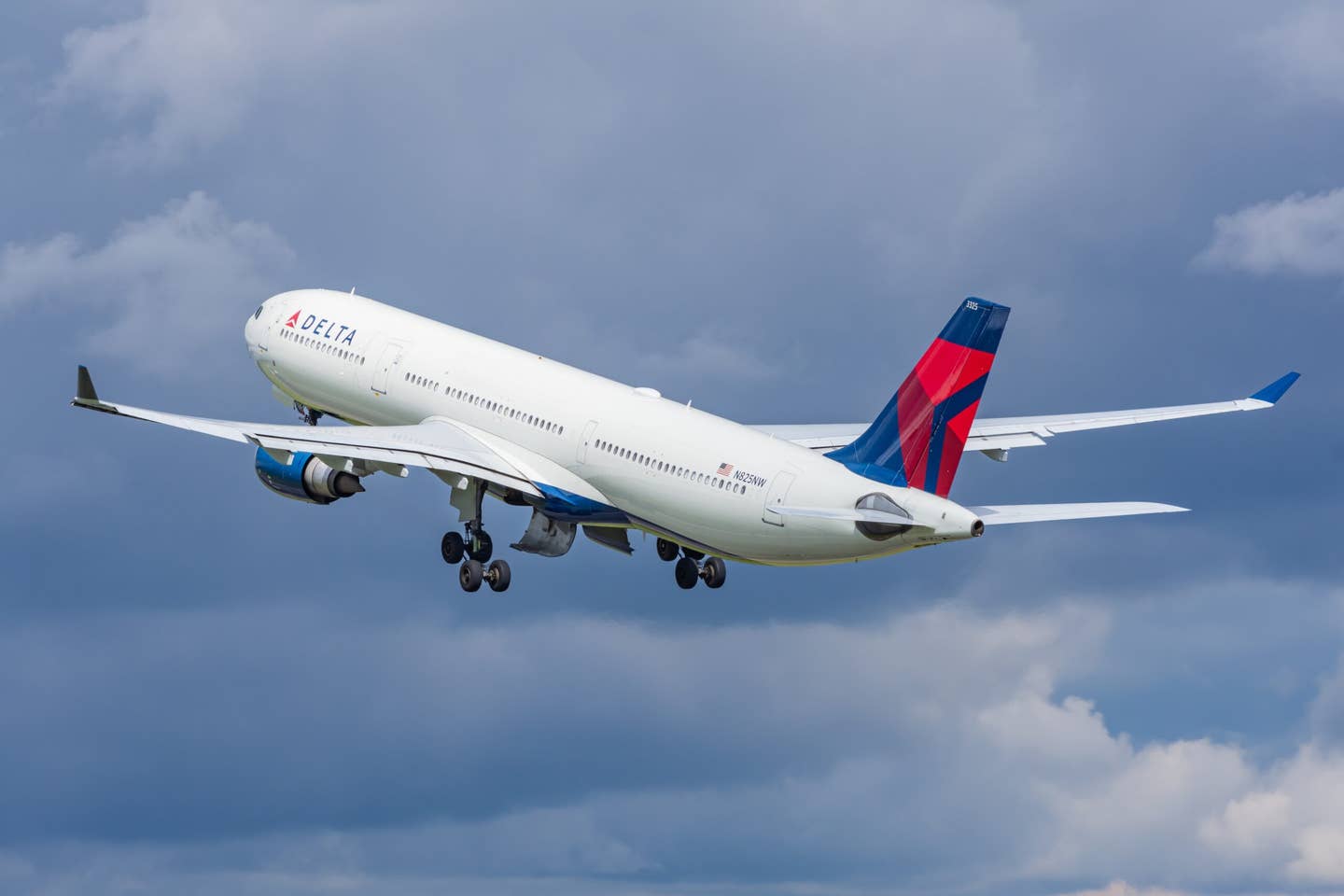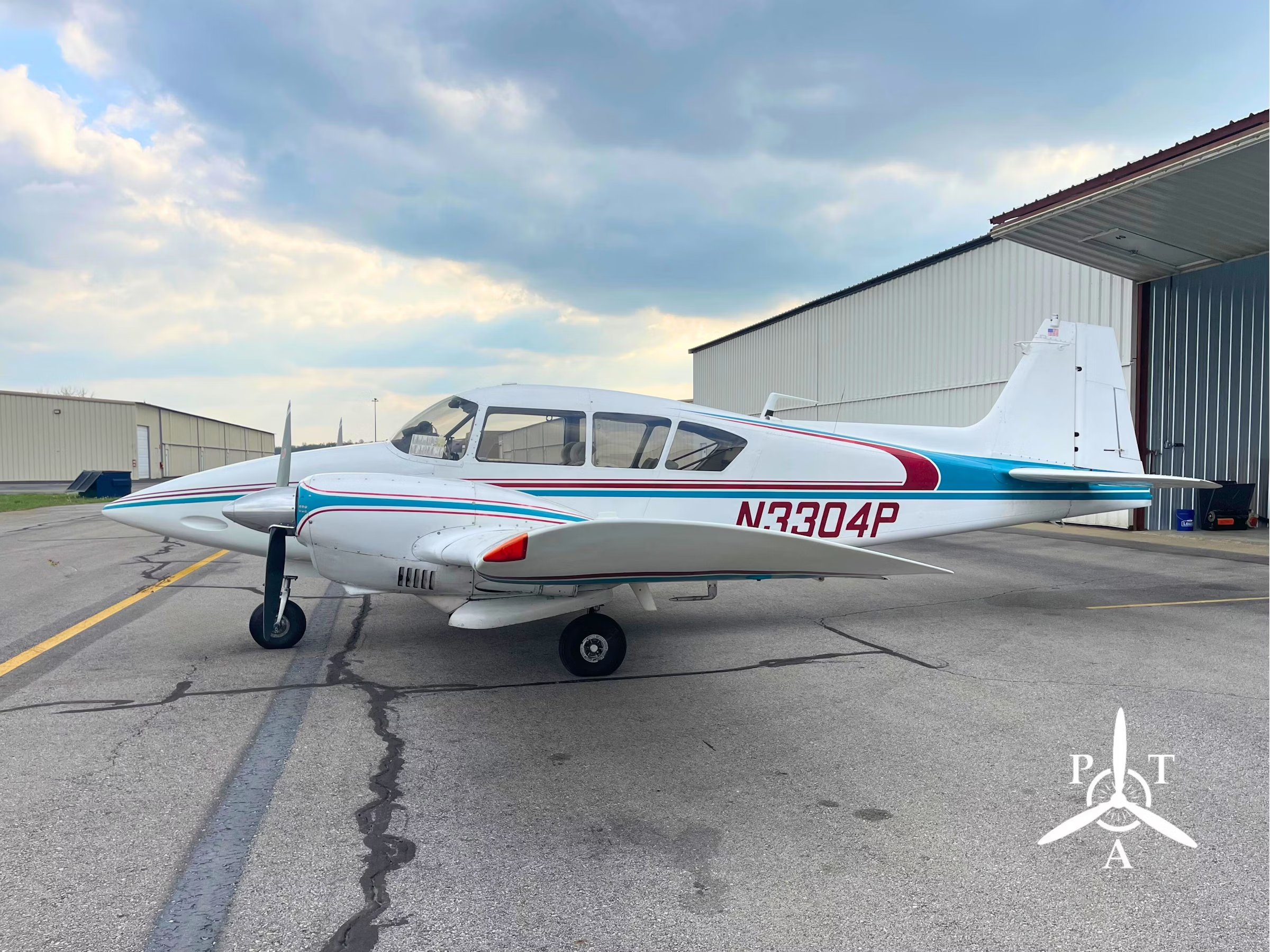
The Atlas active winglets on the CJ2 are projected to reduce fuel usage by up to 33 percent, according to the company. Tamarack Aerospace
Just one year after filing to emerge from Chapter 11 bankruptcy protection, Tamarack Aerospace has announced progress on its expansion plans into the European market. The company installed the first set of its Atlas active winglets on a Cessna Citation CJ2 from its facility at London-Oxford Airport in the UK. The Tamarack European Installation Centre operates out of the Jet Maintenance International facility at Oxford.
The UK-registered aircraft is one of two sets purchased by Sovereign Business Jets, a charter and jet management company based at Biggin Hill Airport in Bromley. The second installation, on its Citation CJ1, should be completed in early November. A third set of active winglets destined for another CJ1 is also due for a November installation. The installation normally takes 7 to 10 business days, which the company expects to see decrease as the center gains experience in the process.
“From the early days of Tamarack, I’ve had the dream of offering our high quality, customer-centric service to our growing fleet. Seeing this first installation come together in the new Tamarack European Installation Centre is fulfillment of that dream in part,” said Tamarack Aerospace founder and CEO Nick Guida. “We’re seeing more demand as word spreads about how the active winglet modification saves up to 33 percent of fuel usage, cuts down on noise pollution with shorter runways need[ed] for takeoffs and landings, and provides safer and smooth[er] flight.”
Active winglet technology, according to Tamarack, improves on standard, passive winglets by utilizing load-alleviating technology. While a regular winglet effectively increases wing span and reduces wingtip vortices—and thereby reduces drag from those vortices—it also requires additional load-bearing structure within the wing. The Atlas active winglets don’t require the additional structure and its added weight. In addition to reduced fuel usage, the Atlas installation also allows for an increase in the aircraft’s zero-fuel weight.

Sign-up for newsletters & special offers!
Get the latest FLYING stories & special offers delivered directly to your inbox






